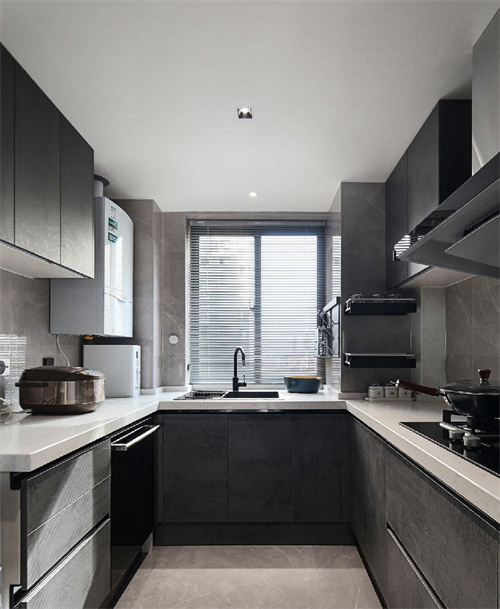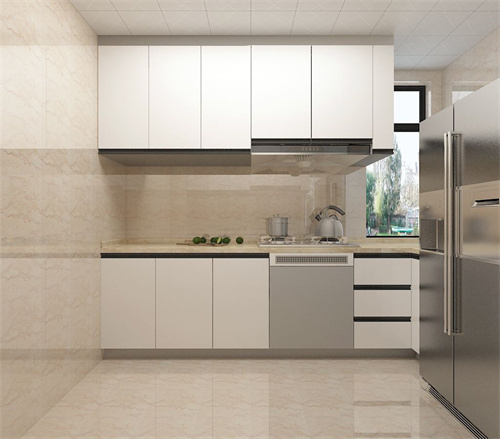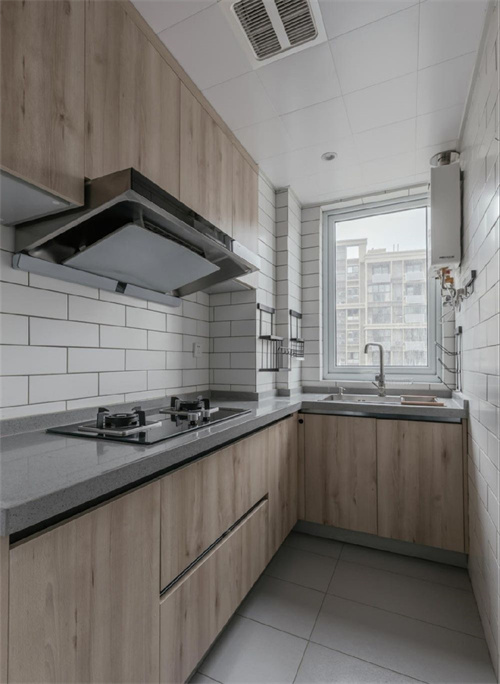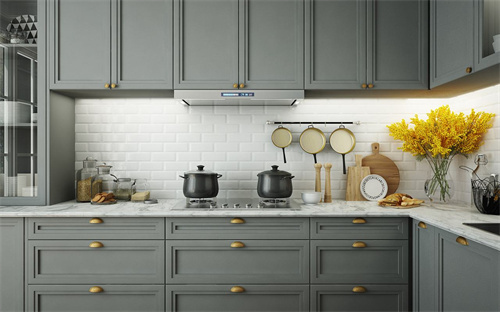The countertop is an important component of the kitchen. It not only serves the purpose of placing kitchen utensils and ingredients but also adds aesthetic appeal to the overall kitchen design. So, what are the dimensions of kitchen countertops?
1. Kitchen Island Countertop
The kitchen island countertop is a common choice in modern kitchen design. It can be used as a cooking work area, dining surface, or a space for interaction with family and friends. Typically, the standard size for an island countertop should range from 900 mm to 1200 mm in height, while the length can be determined based on the size and requirements of the kitchen. When selecting the size of the island countertop, it’s also essential to consider the surrounding space for movement and usability, ensuring sufficient comfort and convenience.

2. Straight Countertop
The straight countertop is one of the most common types of kitchen countertops. It is usually installed along the wall in the kitchen, used for cooking and food preparation tasks. The standard width for a straight countertop is generally 600 mm or 900 mm, while the length can be adjusted according to the length of the wall and personal preferences. Moreover, enough space should be left for cooking and operating effectively.

3. L-Shaped Countertop
The L-shaped countertop is formed by connecting two straight countertops, creating an L-shaped design. This type of countertop is suitable for larger kitchens and provides more working space. The standard length of an L-shaped countertop is typically around 1200 mm to 1800 mm, and the width is either 600 mm or 900 mm. Although dimensions can be adjusted based on specific situations, it is essential to ensure there is enough space between the L-shaped segments for flexible operation.

4. U-Shaped Countertop
The U-shaped countertop consists of three straight countertops arranged in a U-shape. It is ideal for spacious kitchens and offers extensive working and storage space. The standard width for a U-shaped countertop is generally 600 mm or 900 mm, while the length can be determined based on specific needs. When designing a U-shaped countertop, it is also crucial to allow sufficient space between the different segments to facilitate smooth operation.
In addition to the types of countertops mentioned above, there are also some special designs, such as peninsula countertops and irregular-shaped countertops. Peninsula countertops are similar to island countertops but are connected to the wall, commonly used to divide the kitchen from the dining area. Irregular-shaped countertops are customized based on individual needs and design concepts, typically suited for irregular kitchen spaces.

In summary, this is an introduction to the dimensions of kitchen countertops. The size of the countertop should be determined based on the various types and actual requirements, including island countertops, straight countertops, L-shaped countertops, and U-shaped countertops. When selecting countertop dimensions, it’s necessary to consider factors like space size, usage needs, and operational convenience, and ensure that they harmonize with surrounding furniture and decor. Choosing the right countertop size can enhance the functionality and aesthetics of the kitchen, making it a pleasant space for work and living.



